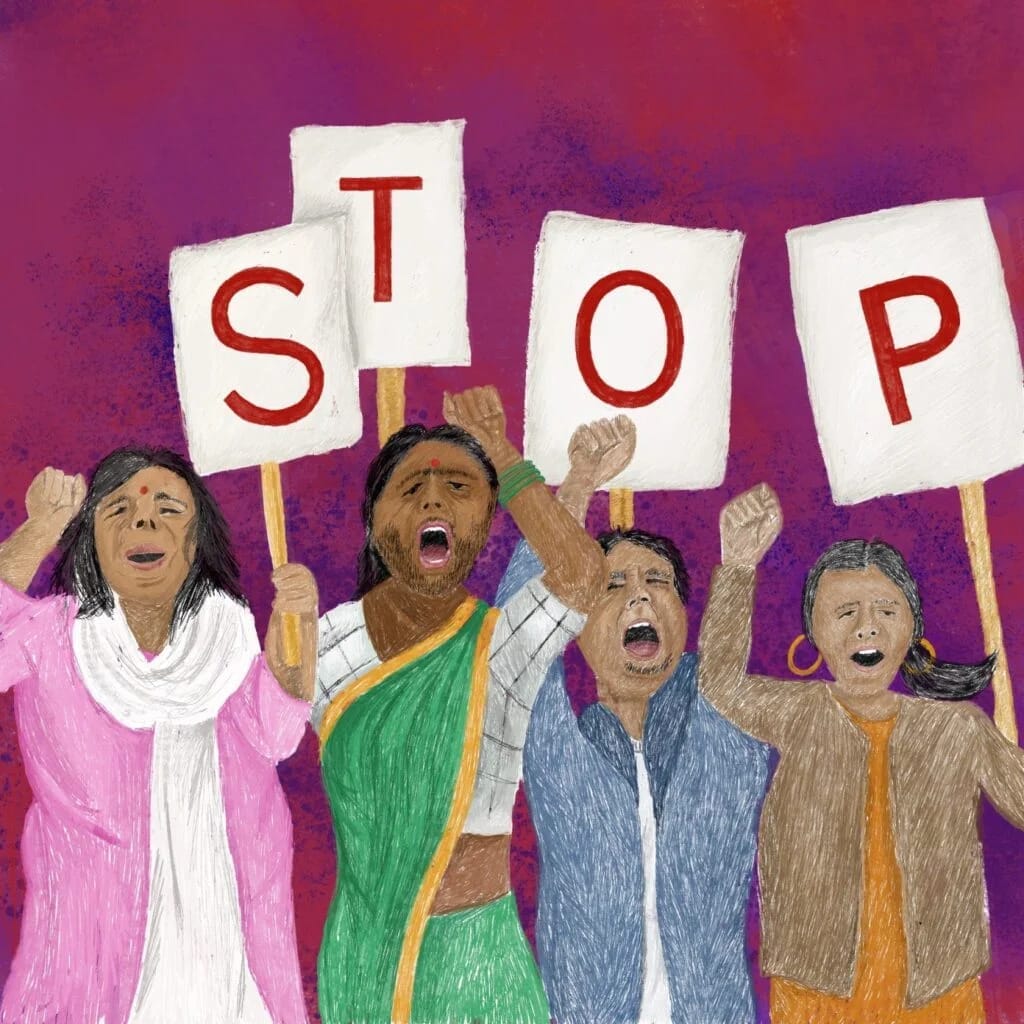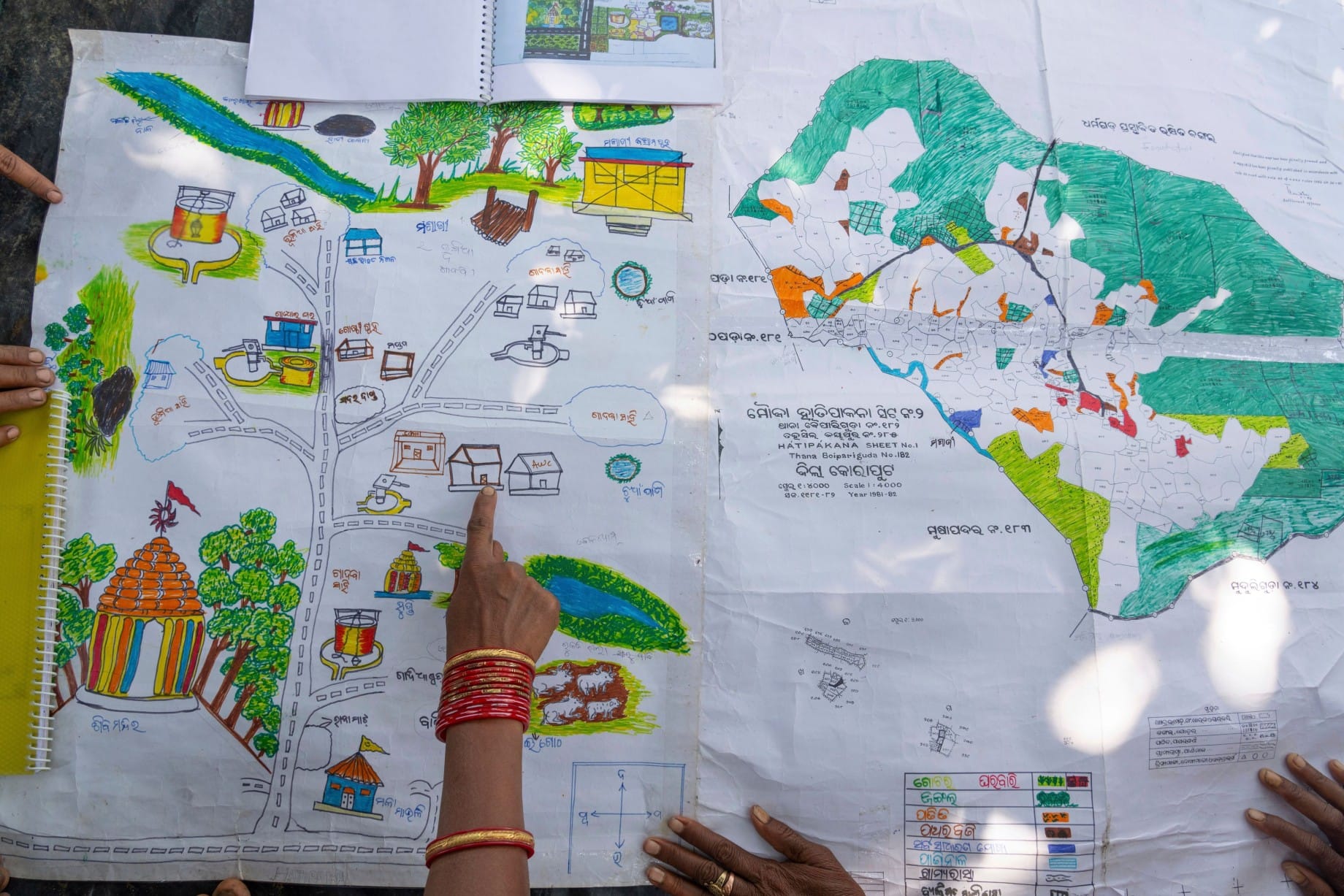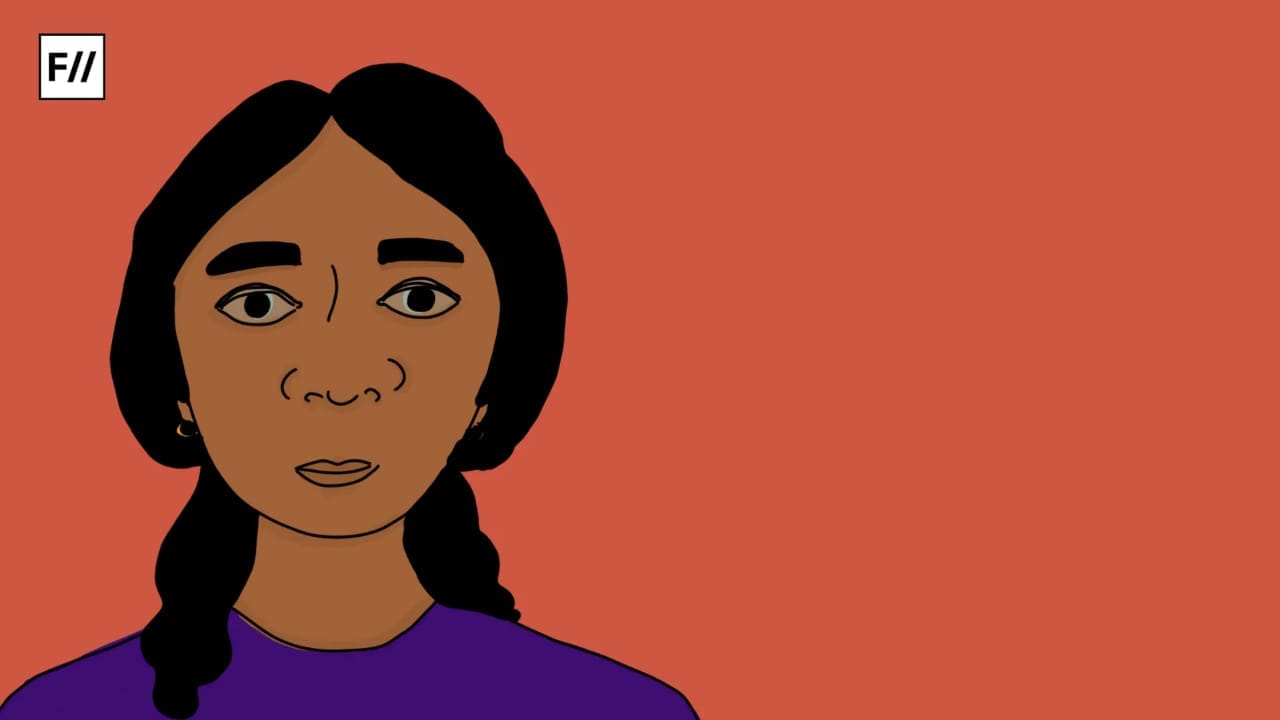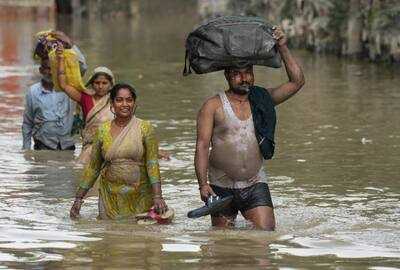According to the UN, every 10 minutes, a woman or a girl is killed intentionally. Additionally, 1 in 3 women experience violence in their lifetime. These staggering statistics surely demand the world’s attention to bring change but what becomes important to acknowledge is that these are the experiences recorded by the State. What often go missing in the shadows are women’s experiences at the farthest end of society. One such group of women with undocumented experiences are the women of Denotified Tribes(DNTs) in India.
What often go missing in the shadows are women’s experiences at the farthest end of society. One such group of women with undocumented experiences are the women of Denotified Tribes(DNTs) in India.
According to the National Crime Records Bureau, India has seen a 26.35% rise in crime against women from the year 2016 to 2021. In 2021, India recorded 51 cases of crime against women every hour. While NCRB’s data records violence against STs, there are also ‘denotified tribes’ that have not been accounted for in the data set, leaving these communities invisible in the official data. The State fails to acknowledge, let alone document the violence enforced on the nomadic tribes of India. The Free Press Journal reported that, in May 2019, women belonging to denotified tribes testified that they were tortured and raped almost every day.
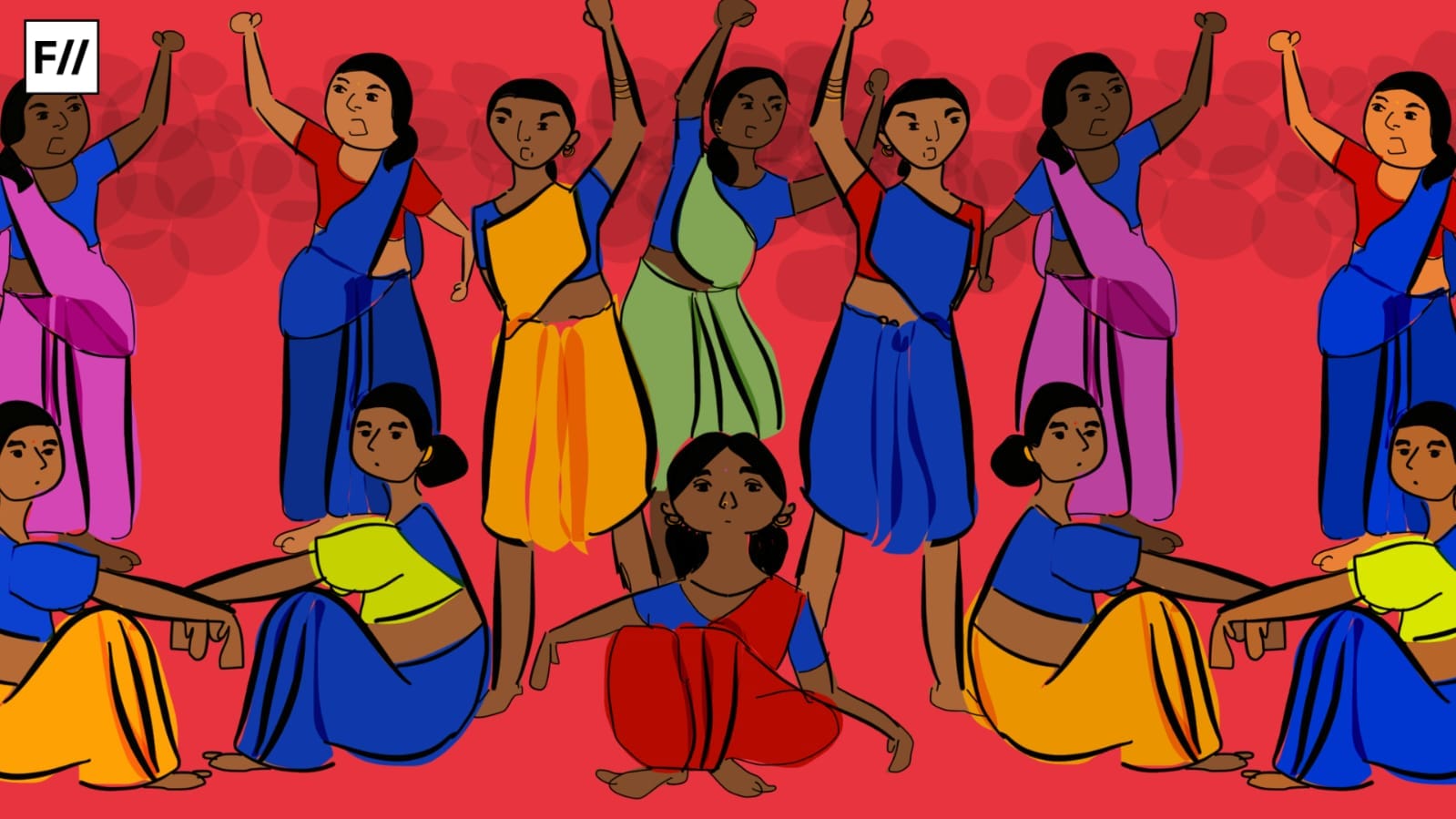
As denotified tribes are not scheduled, they lack legislative protection which underscores their vulnerability and exclusion. The women of these tribes are at a more disadvantaged end due to what one may understand as a gendered consequence of their conflicted identities. The violence and exploitation they experience are both a power coercion to appropriate their bodies and also a site to castrate the men of these tribes through the appropriation of the bodies of these women. This weaponisation of women’s bodies highlights how patriarchal structures utilise sexual violence as a tool to assert dominance, especially in contexts of conflict and unrest.
Who are the denotified tribes?
As nomadic communities were on the move as acrobats, musicians, fortune tellers, cattle-grazers, paddlers, etc., the colonial rulers were always threatened by their inadequacy to control these people during their “civilising mission” to India. As these tribes resisted British occupancy, the colonial rulers suppressed them. This resulted in them losing their traditional work and some of these groups then resorted to dacoity.
The Criminal Tribes Act of 1871 was introduced. This act classified certain communities as ‘born criminals addicted to the systematic commission of non-bailable offences‘ and insisted on continuous surveillance of them. The colonial state saw dacoity as a hereditary trade for these communities. However, this marginalisation further manufactured a large number of criminals in India.
After independence, while the face of the act was changed as it was replaced by the Habitual Offenders Act, of 1952, the fate did not.
After independence, while the face of the act was changed as it was replaced by the Habitual Offenders Act, of 1952, the fate did not. Though the act was supposed to shift the burden of criminality from certain tribes to individuals, it functioned as a mere extension of the Criminal Tribes Act of 1871. In March 2007, the UN Committee on the Elimination of Racial Discrimination said, ‘The so-called de-notified and nomadic people which are listed for their alleged ‘criminal tendencies’ under the former Criminal Tribes Act (1871), continue to be stigmatised under the Habitual Offenders…,‘ and asked India to repeal the Habitual Offenders Act in order to rehabilitate the de-notified and nomadic tribes.
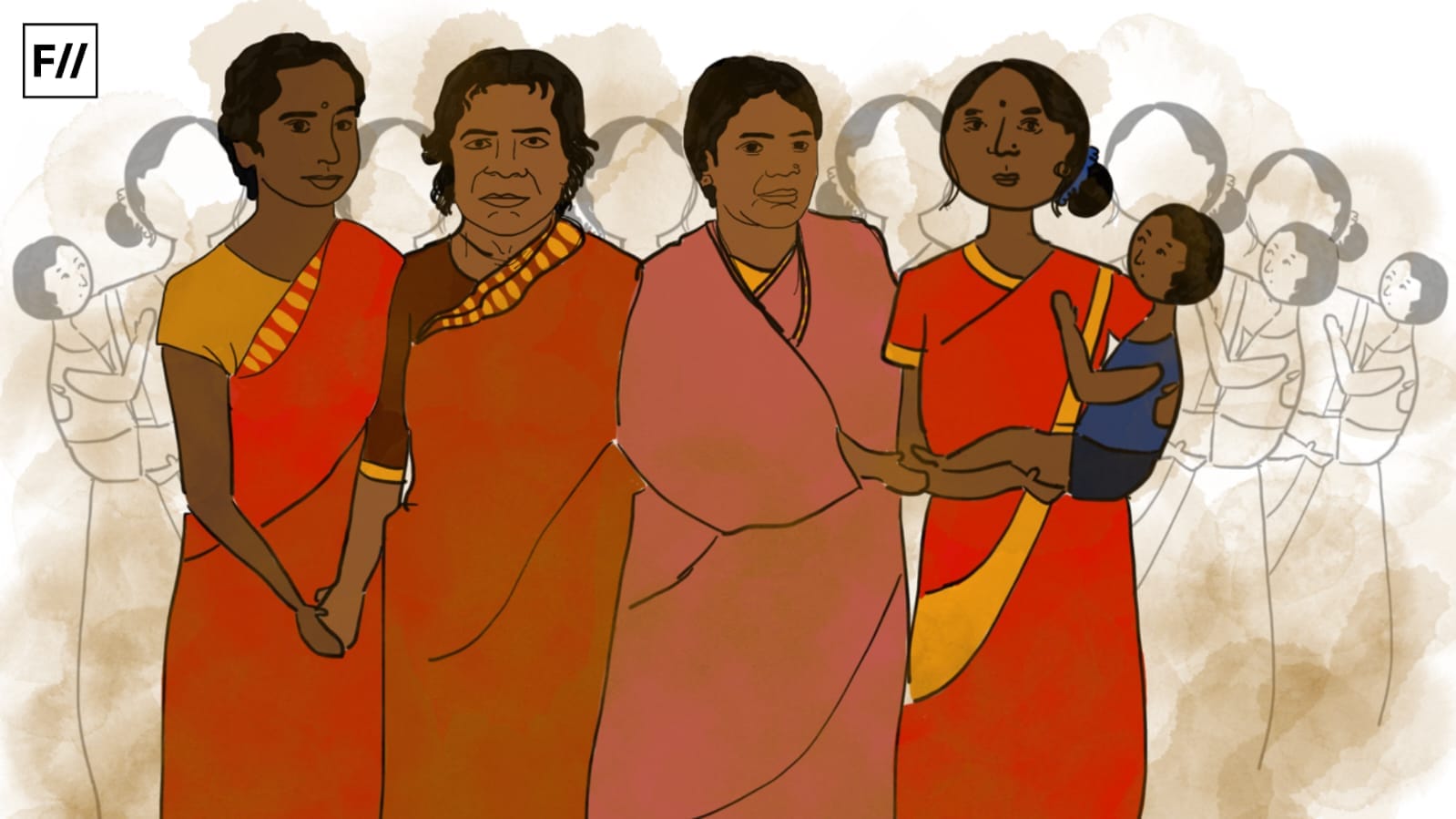
Almost 20 years have passed while the law remains intact. Today, about 150 tribes including the Pardhis, Nats, Kanjaras, Banjaras, and Bhats fall into the category of Denotified Tribes in India. These communities have been ostracised by both the state and the society. Due to the lack of proof of permanent address, they are denied the fundamental rights guaranteed by the Constitution. They are denied safe drinking water, the right to vote, and the right to education.
Documenting the experiences of denotified tribal women
While these groups are thrown at the margins, the women of denotified tribes experience double marginalisation. Firstly, due to the social inequalities that construct criminality attributed to these tribes and secondly because of the patriarchal structures in the society. Priyanka Dubey, in her book No Nation for Women, documents the experiences of Pardhi women of Betul, Madhya Pradesh, in one of the chapters.
The rape of an upper-caste woman in the village puts all the Pardhis under suspicion. Their tents get uprooted and ten Pardhi women are gang-raped. They are beaten up and raped by the upper caste men with the help of the local police. After a day, these women were able to escape and meet their families.
Dubey writes, that one woman had wounds around her lower ribs and back. Even four years after the traumatic incident, she still gets beaten up by her husband for ‘getting raped‘. The social position of these women not only makes them more vulnerable to violence but also makes it impossible for them to get justice. These Pardhi women never filed a police report against their rapists. Their experiences go undocumented.
As Kriti Sharma, a research scholar explains, there is a deep connection between individual gender violence and deprivation of the collective rights of marginalised women.
As Kriti Sharma, a research scholar explains, there is a deep connection between individual gender violence and deprivation of the collective rights of marginalised women. Hence, the State apparatus is a medium to enforce neo-liberal aggression and governmentality on Adivasis, which furthers their mental and physical distress. Though she writes this in context to Adivasis, this also holds true for denotified tribal women.
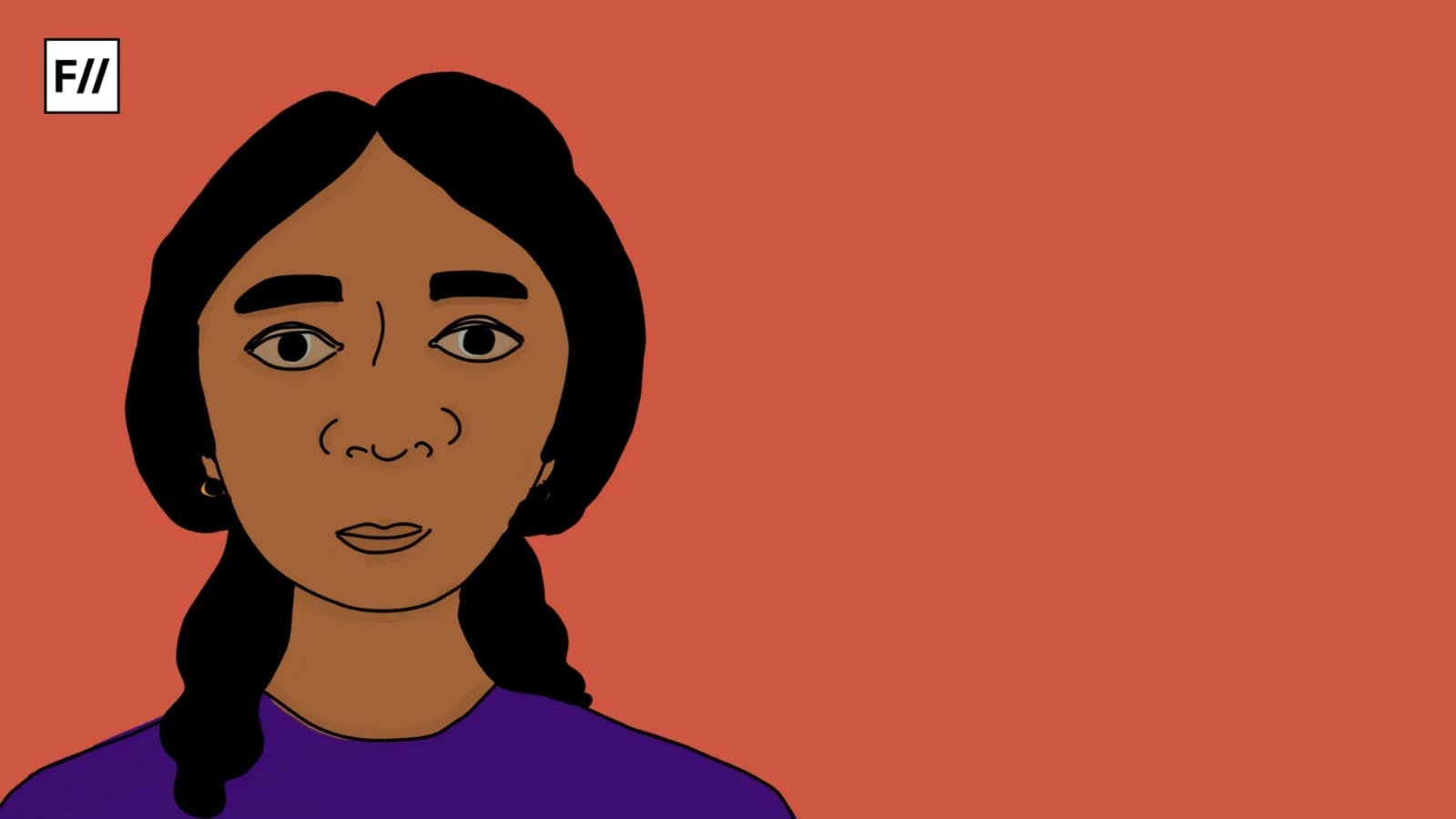
The historic criminalisation results in institutional biases, making the community fear the police and administration. Being women from the criminalised communities does not make them the “ideal victim” to violence. And thus, the state invisibilises violence against these women. It lays the foundation of these women’s ‘criminality‘ which rejects the mere thought of these women being a victim of structural and institutional violence.
The ostracisation of denotified tribal women is also double-layered. One is the external exploitation for being seen as lesser humans than people above them in the caste hierarchy and the second, is the internal coercion to be seen as a woman of honour. Thus, trivial violence on these women is subjected from people outside the community, but there also exists violence within these communities. L
Nidhi Dugar Kundalia writes in her book, White as Milk and Rice, ‘it was a virtue that was tested, as a popular Kanjar ritual, on the first night of their marriage. The women removed the bride’s jewellery and any sharp objects from the tent and then the groom was sent inside with white sheets…If the groom did not confirm three times that his wife was a virgin, the elders would announce a punishment which could entail beatings for the wife, monetary penalty, and often the end of the marriage.‘
These women’s sexuality is constructed by the men in the community in a way that it becomes both an honour and a tool for their suppression. The power structures put them at the lowest end of the hierarchy, subjugated by both people outside and within the community.
These practices are common among a lot of communities, and one such community is the Kanjar community. These women’s sexuality is constructed by the men in the community in a way that it becomes both an honour and a tool for their suppression. The power structures put them at the lowest end of the hierarchy, subjugated by both people outside and within the community.
Call for reform
The plight of women from Denotified Tribes (DNTs) underscores the intersection of systemic marginalisation, patriarchal oppression, and state neglect. Their invisibilisation from official data not only denies recognition of their struggles but also hinders any meaningful efforts to address and resolve the violence faced by women from these tribes.
What is required for the Indian state to address the violence against these women, is a comprehensive approach starting with recognising the DNTs in legal frameworks. Moreover, there is a need for affirmative action for the upliftment of these tribes. Adequate steps must be taken to eliminate internal biases in not just the society but also the state apparatus which can then make the path to justice for these women more accessible.
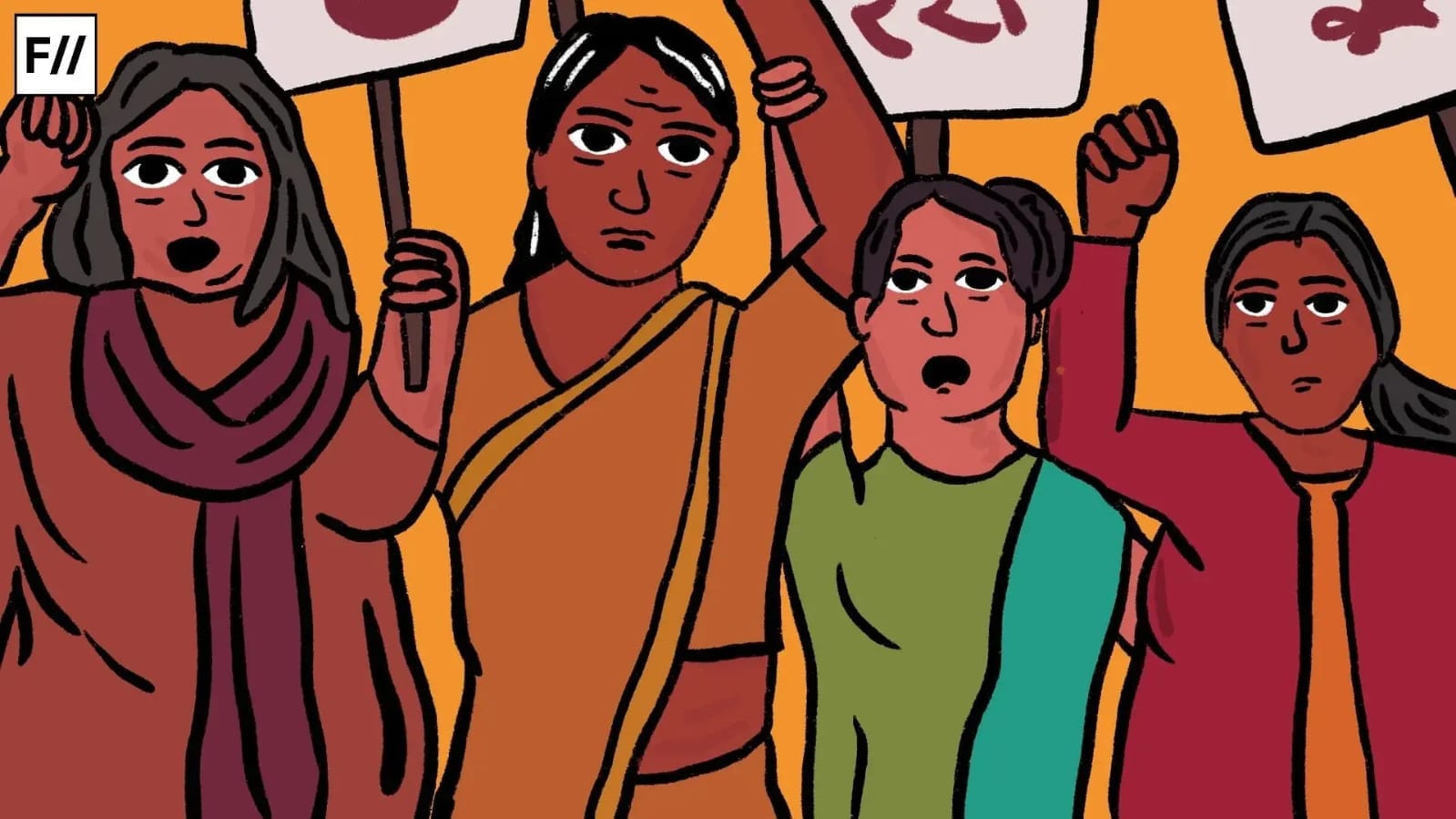
Finally, their voices must be heard and amplified to dismantle the structures that perpetuate their exploitation and exclusion. The lived realities of these women are not just a call for reform but a frustrated bellow to confront the shadows our society chooses to ignore.
